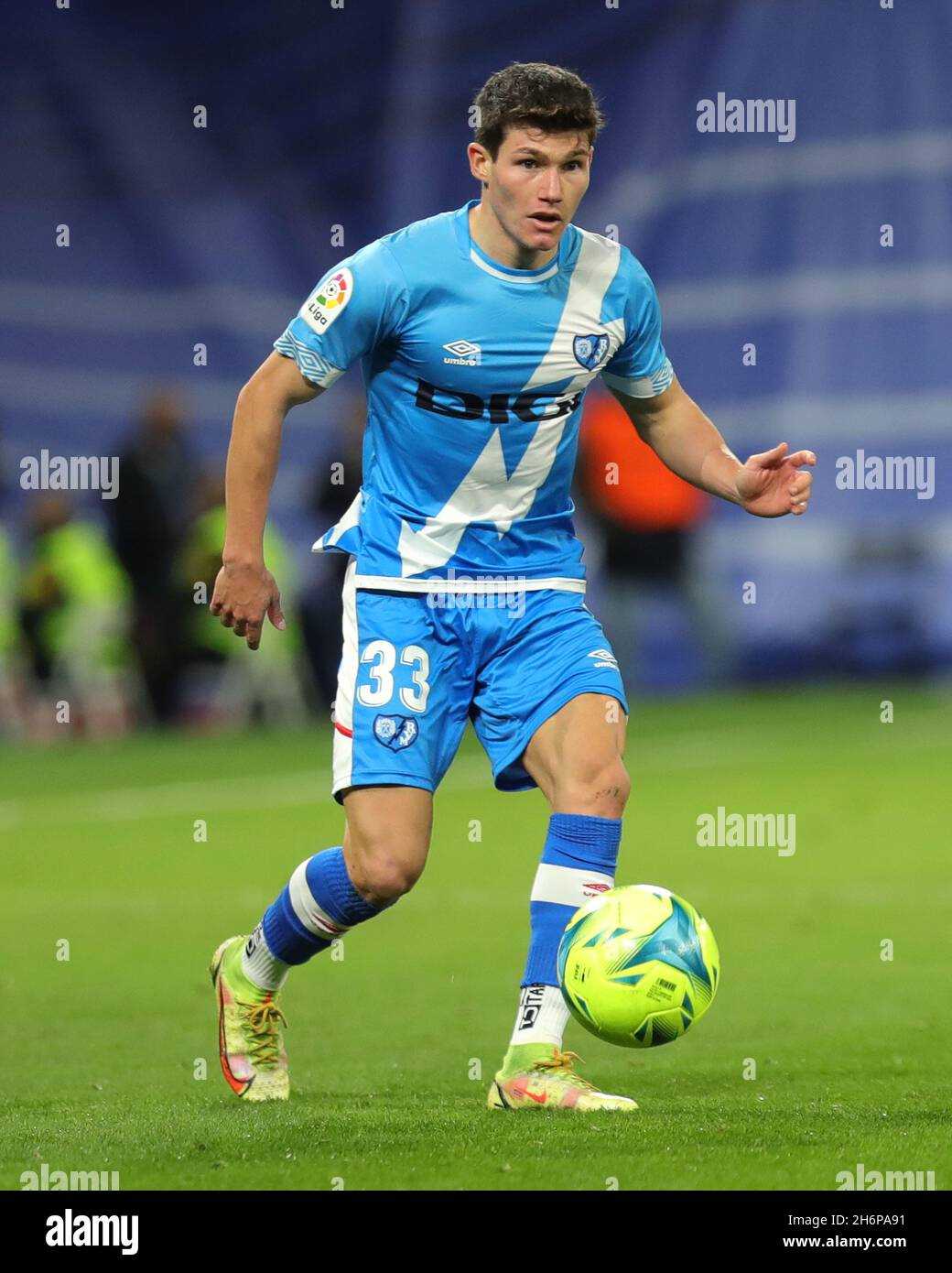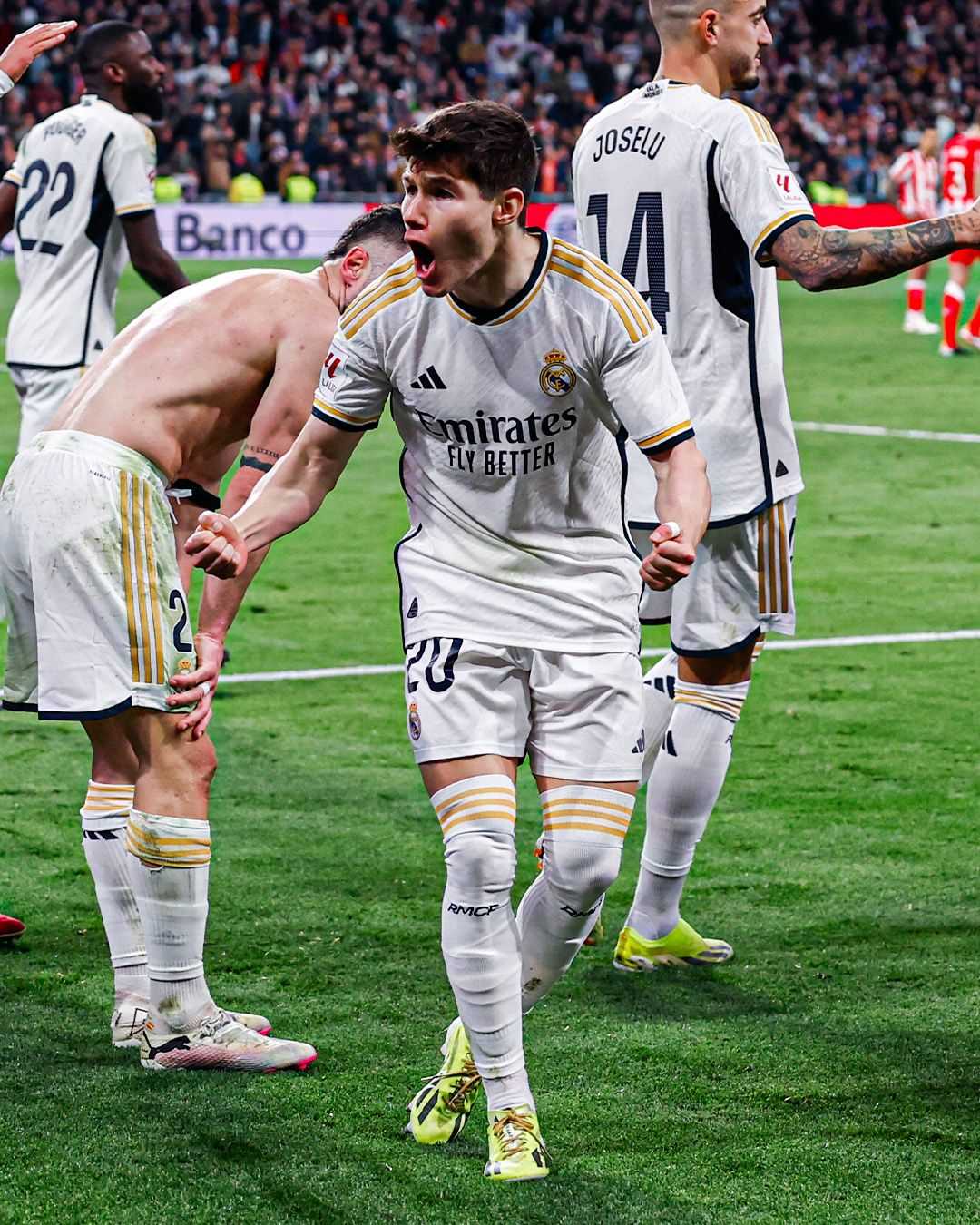
Understanding the physical characteristics of athletes provides valuable insights into their performance and fitness. This section delves into the measurements that play a crucial role in shaping the abilities of a well-known football player.
These attributes, often discussed in sports circles, offer a glimpse into how body composition and stature can influence playing style and effectiveness on the field. Examining these aspects helps to appreciate the athlete’s unique physical profile and its impact on their sport.
Player Overview: A Key Footballer
This section delves into the attributes and characteristics of a prominent football player, focusing on their physical attributes and playing style. Understanding these elements provides insight into their role and performance on the field.
Physical Attributes of the Athlete

The physical characteristics of a professional player play a crucial role in their performance on the field. These attributes include the player’s build and overall stature, which significantly influence their capabilities during matches.
Body Composition refers to the balance of muscle and fat in an athlete’s physique. This balance can affect strength, agility, and endurance. A well-developed musculature is often essential for maintaining high performance levels throughout a game.
Stature encompasses the height of the player, which can impact their reach and aerial ability. Players of various heights may have different advantages, depending on their position and playing style. Taller players might excel in aerial duels, while those of average height might have other tactical advantages.
Impact of Height in Football
The role of stature in soccer can influence various aspects of a player’s performance on the field. Taller players often bring advantages in aerial duels, defensive capabilities, and set-piece situations. Conversely, shorter athletes may excel in agility, speed, and close ball control.
- Aerial Competence: Greater height can be beneficial for winning headers during offensive and defensive plays.
- Defensive Strength: Taller defenders may have an edge in blocking crosses and challenging opposing forwards.
- Speed and Agility: Shorter players might demonstrate superior maneuverability and quickness, crucial for dribbling and rapid direction changes.
- Set-Piece Effectiveness: Height can impact a player’s role in set-pieces, with taller individuals often positioned for headers during corners and free kicks.
Overall, while height can be a significant factor, success in soccer depends on how well a player utilizes their physical attributes and skills in various game situations.
Playing Style Overview
In the world of professional football, certain players stand out due to their distinctive playing approach. These athletes often exhibit a unique blend of agility, tactical awareness, and technical skills on the field. Understanding the characteristics of such a player can provide valuable insights into their contributions to the game.
- Versatility: Demonstrates ability to excel in various positions and roles.
- Defensive Skills: Exhibits strong tackling, positioning, and interception abilities.
- Offensive Contributions: Known for effective attacking runs, crosses, and playmaking.
- Work Rate: Maintains high levels of energy and commitment throughout the match.
By examining these attributes, one can gain a comprehensive understanding of how such a player influences their team’s overall performance and strategy.
Comparison with Peers in Position

Evaluating a player’s physique in relation to others in their role provides insights into their potential performance on the field. When comparing attributes like body mass and stature, it’s crucial to consider how these factors influence their ability to handle the demands of their position.
In this context, players who occupy similar positions often exhibit a range of physical characteristics. Examining these variations can reveal strengths and areas for improvement, guiding both training and strategic decisions. This comparative analysis helps understand how well an individual measures up against their counterparts and can highlight areas where they might excel or need enhancement.
Impact of Mass on Athletic Performance
In sports, an individual’s mass can significantly influence their performance on the field. Athletes with varying body compositions often demonstrate different capabilities, from speed and agility to strength and endurance. Understanding this relationship helps in tailoring training and conditioning programs to optimize overall effectiveness.
For instance, those with a larger mass might excel in physical contests and holding positions, while those with a lighter build could have advantages in speed and maneuverability. Each athlete’s optimal mass can depend on their specific role and the demands of their sport.




